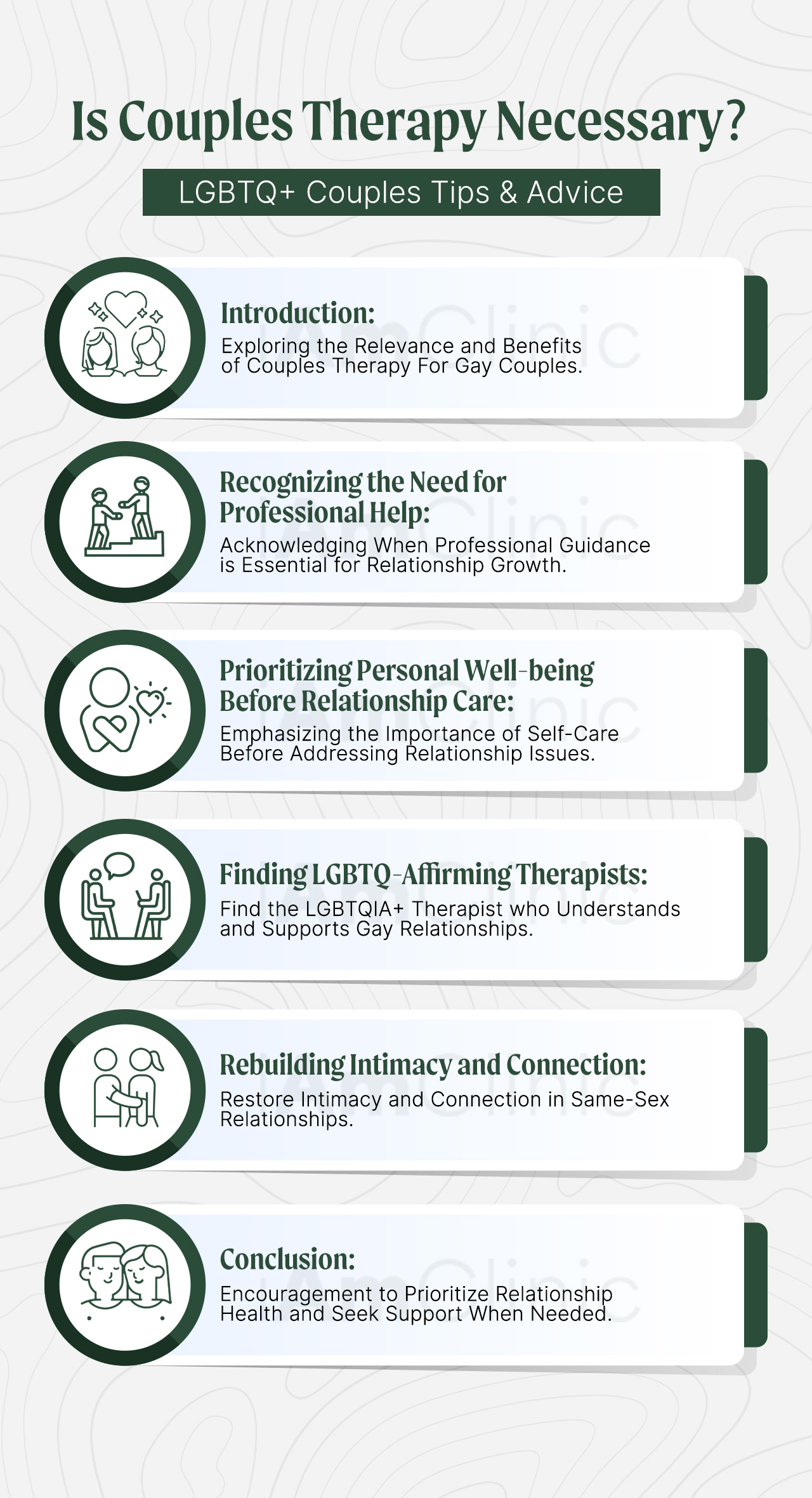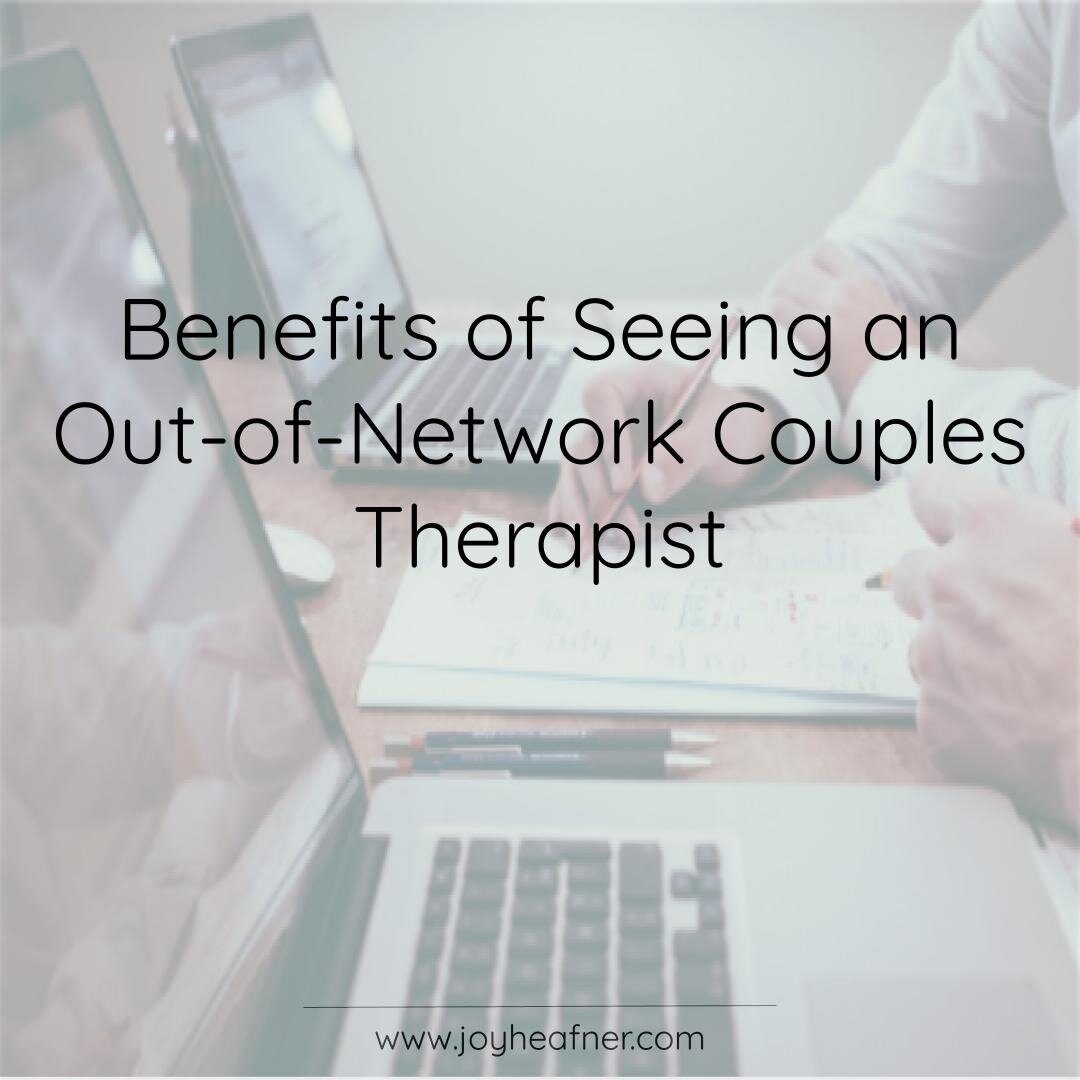Aim Point Counseling for Beginners
Table of ContentsAim Point Counseling Things To Know Before You BuyRumored Buzz on Aim Point CounselingGetting The Aim Point Counseling To WorkThings about Aim Point CounselingAll About Aim Point CounselingHow Aim Point Counseling can Save You Time, Stress, and Money.
The longitudinal layout includes a pre-treatment survey and two follow-up studies at 3- and 12-months post-intervention. The research study is embeded in 8 Relationships Australia Victoria centres, across municipal, outer residential areas, and regional/rural sites. Relationships Australia, a non-government organisation, is the biggest supplier of pair coaching and connection solutions in Australia.
In Australia, the typical length of marriage prior to splitting up is 8.8 years, and around half of all separations entail couples with youngsters [1] These high rates of relationship break down have actually been continually connected with adverse health repercussions for both grownups and youngsters following divorce/separation. These include seclusion from support networks, and lowered income and criterion of living for both adults and youngsters [3], dilemmas of loyalty over children for men, and anxiety and loss of identification for women [4,5]
The Ultimate Guide To Aim Point Counseling
The impacts of divorce and splitting up can be detrimental, research shows that high connection dissonance in undamaged couples is additionally most likely to have unfavorable outcomes.
Research study to date has actually determined both pair and private variables that may add to connection discord. These include connection fulfillment and dedication at the pair level, and depression at the specific level.
The Facts About Aim Point Counseling Uncovered
For that reason, while most studies indicate improvements in relationship fulfillment following pair coaching, they are restricted by the examples and actions made use of, greatly short-term follow-up period, and evaluations that do not make up the dyadic nature of couple information. Partnership commitment, based upon measures such as the Dedication Stock (CI) [19], is one more commonly checked out connection outcome.
To sum up, research study shows that couple-specific variables along with individual variables may anticipate the results of couple therapy and connection solutions. The causal instructions of these partnerships, however, is less clear. These monitorings are necessary, considering that, to warrant and assist the application of partnership solutions such as couple coaching, empirical evidence should check out both the end results of partnership services and the factors that anticipate successful treatment.
, at least in some European countries.

We presently know little regarding the profiles of pairs that seek connection education compared to those that seek relationship therapy, or the outcomes of these programs. Anecdotal evidence suggests that there may be substantial distress amongst at least some couples seeking connection education and learning. Connection education and learning programs vary from couple coaching as they are generally highly structured, performed in teams, and focus on a combination of four parts; recognition, comments, cognitive modification, and skills training [45]
The 4-Minute Rule for Aim Point Counseling
Feedback includes participants finishing sets of questions about their connection (e.g. actions of social troubles), and obtaining information on what their scores indicate. Cognitive-behavioural methods advertise altering cognitions to assist in favorable connections. These may consist of advertising reasonable attributions/expectations around negative companion behavior [46] Lastly, in abilities training, couples go to talks or discussions on partnership abilities, and practice these during facilitator-led activities [ 45]
These results have actually lingered for up to 4 years in some image source research studies [47] Nonetheless, these meta-analyses highlight constraints in the current literature on relationship education and learning. Particularly, most of research studies involved pairs from upper socio-economic backgrounds who were not experiencing high partnership dissonance [47,48] This example account may not represent customers who typically provide for connection education.
Our Aim Point Counseling PDFs

Very little research has analyzed the comparative advantages of pair therapy and relationship education and learning programs. As customers are likely to self-select right into these solution types, it is not clear whether particular connection distress profiles existing to every solution kind, or without a doubt whether there is a communication in between providing profile, service type and end result.
(https://toddrashid01.wixsite.com/aim-point-counseling)
Hence, we have included a 12-month follow-up to gauge longer-term patterns and effects. The research study uses a variety of standard end result steps since some prior investigations have been criticised for their lack of standard evaluation [50] Ultimately, making use of statistical evaluations that think self-reliance of data, such as t-tests, or ANOVAs, has actually prevailed in previous research studies [ 44,49]
Therefore, we propose to make use of multi-level analytical modelling procedures that control for the inter-dependence of pair data to analyze any treatment effects. The details objectives of the ECC research are to: 1. Map accounts of customers looking for community agency-based pair therapy vs. relationship enhancement programs in regards to socio-demographic and partnership signs (such as partnership complete satisfaction, partnership commitment, social troubles, and reasons for attending), in addition to health (such as clinical depression, general health and wellbeing) and health service use (eg.
2. Determine whether couple counselling and relationship education and learning services boost three- and twelve-month outcomes for partnership complete satisfaction, dedication, and anxiety, utilizing analytical evaluations proper to combine data. 3. Determine the relative payments of customer elements (specific and couple) and therapy/education elements to end results at 3- and 12-months, and to sustainability of end results with time.
A Biased View of Aim Point Counseling
Multi-level modelling to determine pre-post distinctions, controlling for dyadic (pair) degree. To add to the literary works examining the performance of community-based pair counselling. The results will aid scientific decision-making in community-based partnership service settings, and professional training. 3. To establish the loved one payments of client/couple and treatment elements to results at 3- and 12-months, and to sustainability of end results gradually.